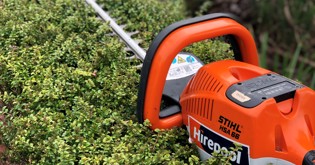There’s nothing quite like standing back and admiring a freshly mown lawn that is cut and shaped to perfection - especially when you’re the one who cut them! There’s a particular art to mowing lawns and cutting the edges but it’s something that almost anyone can do with the right tools and attitude.
Some people may view mowing the lawn as a chore, while others love seeing the end result of the freshly cut lawn. Nevertheless, there are a few tricks of the trade that can help you get nice green and healthy grass growing, along with some eye-pleasing patterns on the lawn.











